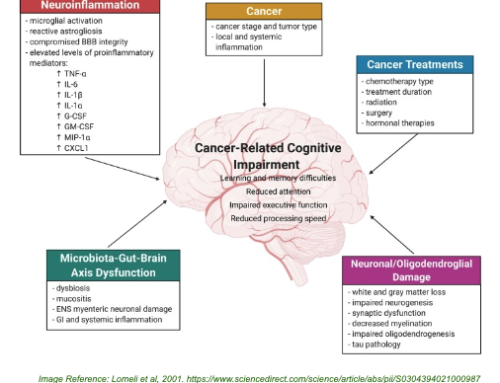The concept of Person Centredness comes from Carl Rogers who took the approach of partnering with clients or patients with respect, through empathy and with unconditional positive regard to enable and support them to find their own way. This approach is optimistic, collaborative, comes from a place of trust and views people from the perspective of their potential and ability to learn, grow, and solve their own problems (Corey 2017). These core concepts are I believe, central to building a good strong relationship in any context including at work and also underpin good leadership practices. So what has that got to do with wellbeing? Well, as you can see from the definitions of wellbeing below, there is a lot of synergy between these two concepts.
Martin Seligman describes wellbeing as being made up of 5 elements, referred to by the acronym PERMA:
- Experiencing Positive Emotions
- Engagement
- Positive Relationships
- Meaning (belonging, serving)
- Accomplishment (personally achieving things)
The 5 Elements of wellbeing described by(Rath and Hartner (2010) build on this and link wellbeing to work: As you can see there is some cross over here with Seligman’s list above:
- Career Wellbeing (liking what you do)
- Social Wellbeing (having strong relationships)
- Financial Wellbeing
- Physical Wellbeing
- Community Wellbeing
That it is important for each of us to consistently experience a sense of wellbeing is well known and information about it can be found in books, academia, government publications and the media. Less clear, is the level of responsibility employers have to improve the wellbeing of their employees.
When we consider our workplace and the work that we do though, it is clear that experiencing a sense of wellbeing is not something we can or should save for when we get home. Every one of the elements listed is relevant across our lives. This is significant when you consider how much time each of us spends at work.
Given that wellbeing at work is important, it follows that one of the key roles of a leader should be the creation of an environment in which people consistently experience wellbeing and person centred leadership by its very nature, can foster this. However, if we all embrace Person Centredness at work we can all make an impact on our own and other peoples wellbeing too. We can do this by being person centred and:
- Seeing people as partners
- Valuing others
- Being kind, empathetic, genuine and respectful and
- Seeking to understand where others are coming from and what is important to them
Below are a few ideas of things you can do to build upon this foundation and begin to foster a sense of wellbeing in your workplace:
- Have a chat with your team about your collective purpose. Why do you as a team do what you do? How does each individual in the team contribute to this? This will help people to feel valued and also fosters appreciation across the team.
- Determine a team legacy that you would all like to leave and help each person see how they can contribute to that.
- Help people set long term and short term personal work related goals that are measurable and achievable and that are related to this purpose and legacy.
- Regularly acknowledge good work and at the same time connect people to the impact that their good work has on both the team objectives and also on the wider organisational objectives.
- Make sure that people have autonomy. If they have no control over what they have to do, help them to take control over how they get it done. Link what they are doing back to purpose.
- Stop and look back often – help people see and celebrate how far they have come, what they have achieved and how it has contributed to the team and organisations goals.
- Recognise the social aspect of work and it’s importance. Connect with people and help them to connect with each other.
Original article by Debra Pittam, Director and Principal Person Centred Leadership and Health Coach for Valion Health. Reposted with permission from https://
References
Corey, G (2017). Theory and Practice of Counselling and Psychotherapy 10thEd. Boston, USA: Cengage Learning
Seligman, M. (2011). Flourish: A visionary new understanding of Happiness and Well-being. New York, Atria Paperback.
Need help navigating Australia’s healthcare system? Contact us at [email protected]



